You Ask, JP Answers
Here’s where you heart rate and mileage intersect. Plus find out how to when you’ve reached your peak pace.
Dear JP:
How do you use your Heart Rate info to manage your big mileage? Do you use your heart rate info during your ultra distance races to help manage your effort/pace?
Sincerely,
James
Dear James:
As a Polar sponsored athlete, I’ve been using heart rate monitors in my training for over 15 years now. I’m quite well versed when it comes to tailoring heart rate specific workouts such as zone ladders and time spent in threshold zones, but to be perfectly honest, at this point of my running career, that is not the primary way I use my heart rate monitor in my training.
I’ve written before about my high mileage (approx. 200km/wk), and one of the important tools for me to be able to withstand that training load is to monitor my heart rate from week to week. I always wear my heart rate monitor on my recovery run the morning after my long run. I do this for two reasons – First, to make sure that I keep my heart rate consistently on the ‘low end’ for my entire workout (for me, this is 130 bpm), and second, so that I can monitor my overall recovery from week to week to make certain that I am not over-trained. Another way I use my heart rate monitor is during an ultra marathon, especially one that takes place throughout the night, or one that has significant changes in terrain. By using my monitor, I am able to dictate my pace based on actual biometrics rather than on ‘perceived effort’. This allows me to maintain my endurance for longer rather than allowing nerves or race conditions to dictate my pace.
And finally, I’ve recently starting using a Polar A360 fitness tracker that has a built in wrist-based heart rate monitor. I’m someone who struggles with anxiety disorder, so I’m rather prone to anxiety attacks. Since I starting using this watch a month ago, whenever I feel the onset of a panic attack, I sit down and start focusing on taking deep breaths. By being able to monitor my heart rate at all times, it has allowed me to reduce some of my anxiety because I can see based on my heart rate, that the breathing is having a therapeutic calming effect on my anxiety.
Dear JP:
Has your pace peaked? And how do you know when you’ve peaked?
Sincerely,
Lynn
Dear Lynn:
I’m turning 50 in a couple of months, and I can safely say that my pace has definitely peaked! Over the past few years, I’ve noticed that I’m not willing to suffer in the last few miles of a marathon as I once willingly did. Like anything in life, running goals require sacrifice, so maybe a more accurate way of framing your question is: When do you know you’ve reached the limit at which you want to sacrifice your health, family and work time, and in some regards your personal wellbeing?
I would also suggest you consider that “pace” doesn’t necessarily need to be limited to speed. As I’ve aged into our sport, I’ve most certainly adjusted my per kilometer race pace, but in many other respects, my “pace” has increased – I’m now logging more kilometers each week, running more marathons each year, and meeting more and more people in the running community who I consider to be dear friends.
My main advice to you would be to work with a coach so that you can safely and effectively discover what your upper pace limit is, but more importantly, ask yourself why you were attracted to running in the first place – Was it to go as fast as possible, or was it to adopt a fitness practice that can carry you through to a ripe old age?
Send your advice and questions to JP runjprun@gmail.com. Want more tips, tricks and practical advice from JP Bedard? Check out his previous posts with questions from elite and everyday athletes.







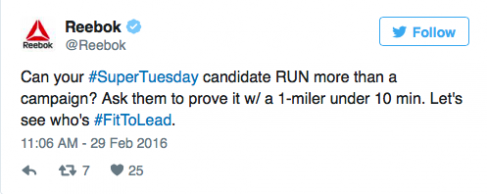
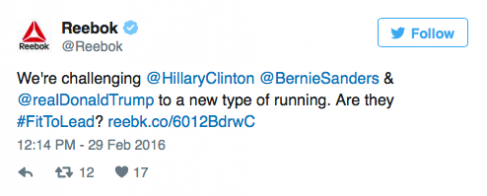






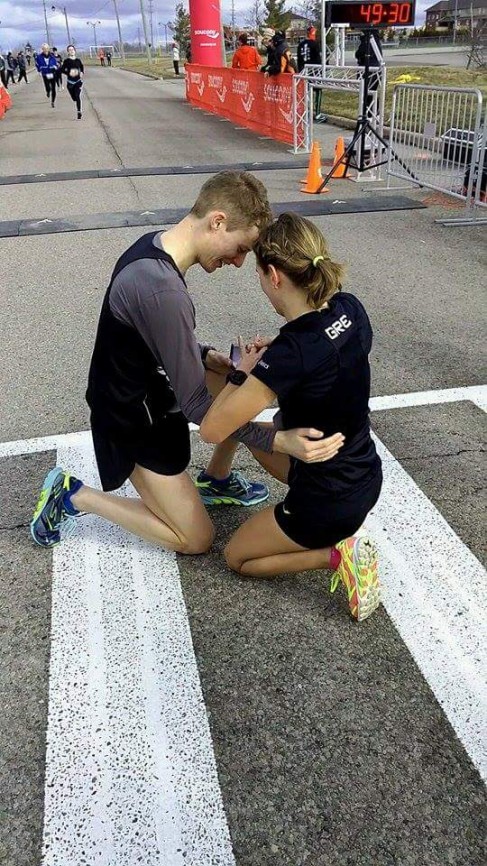
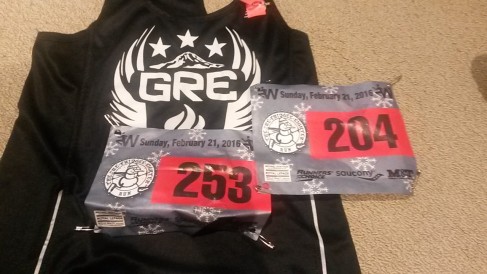
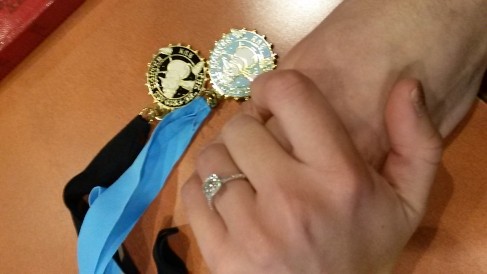
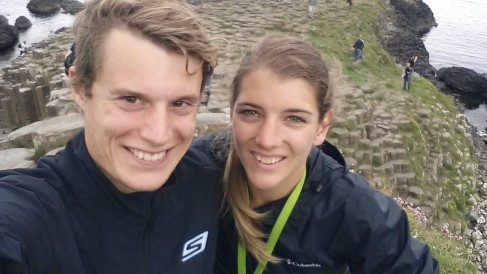
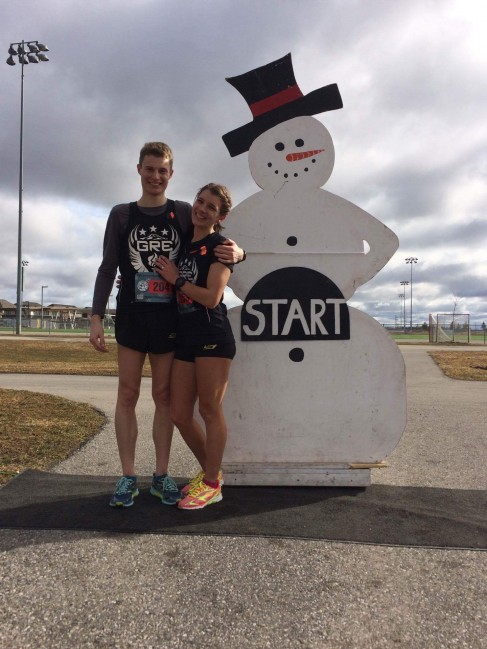


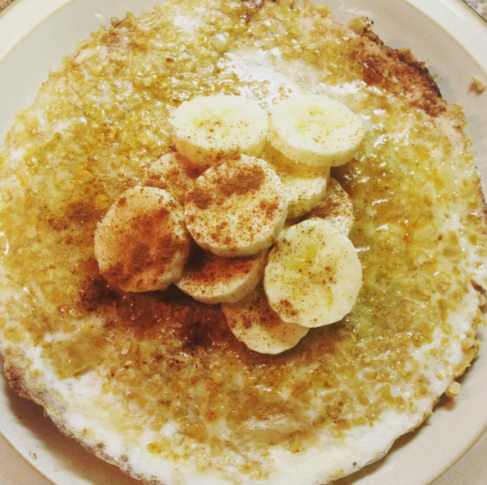
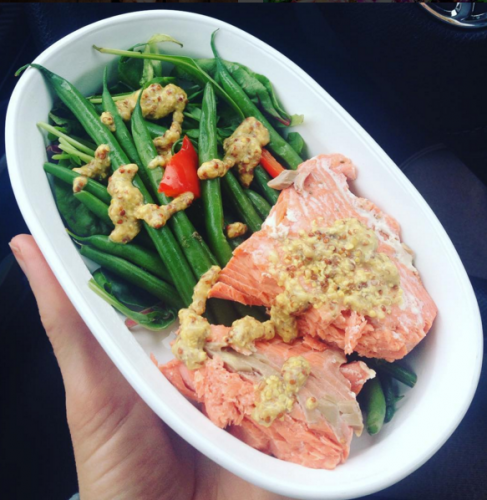

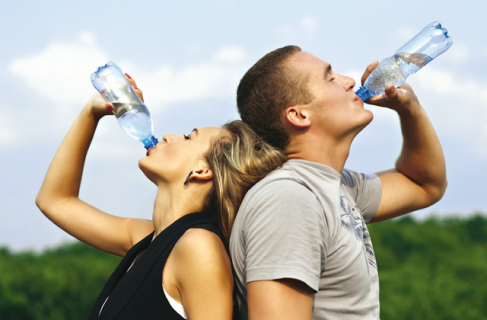
 Our Magazine
Our Magazine
